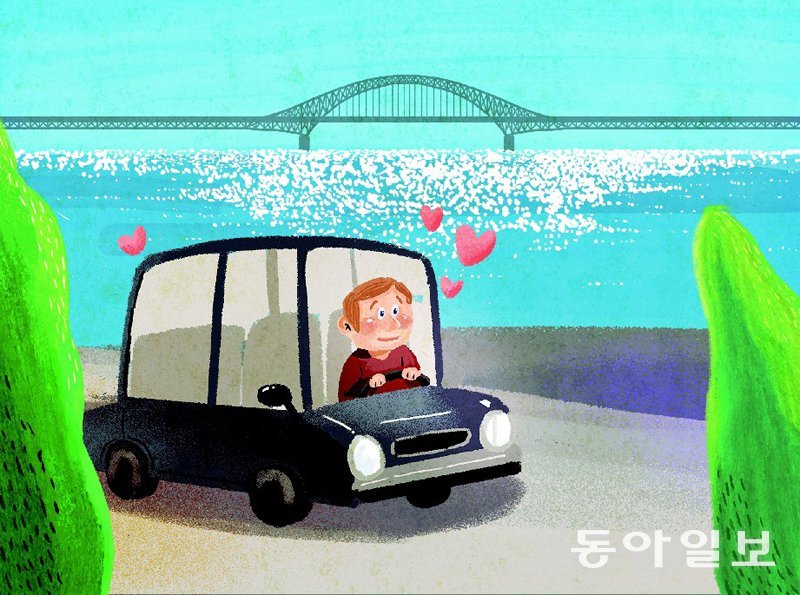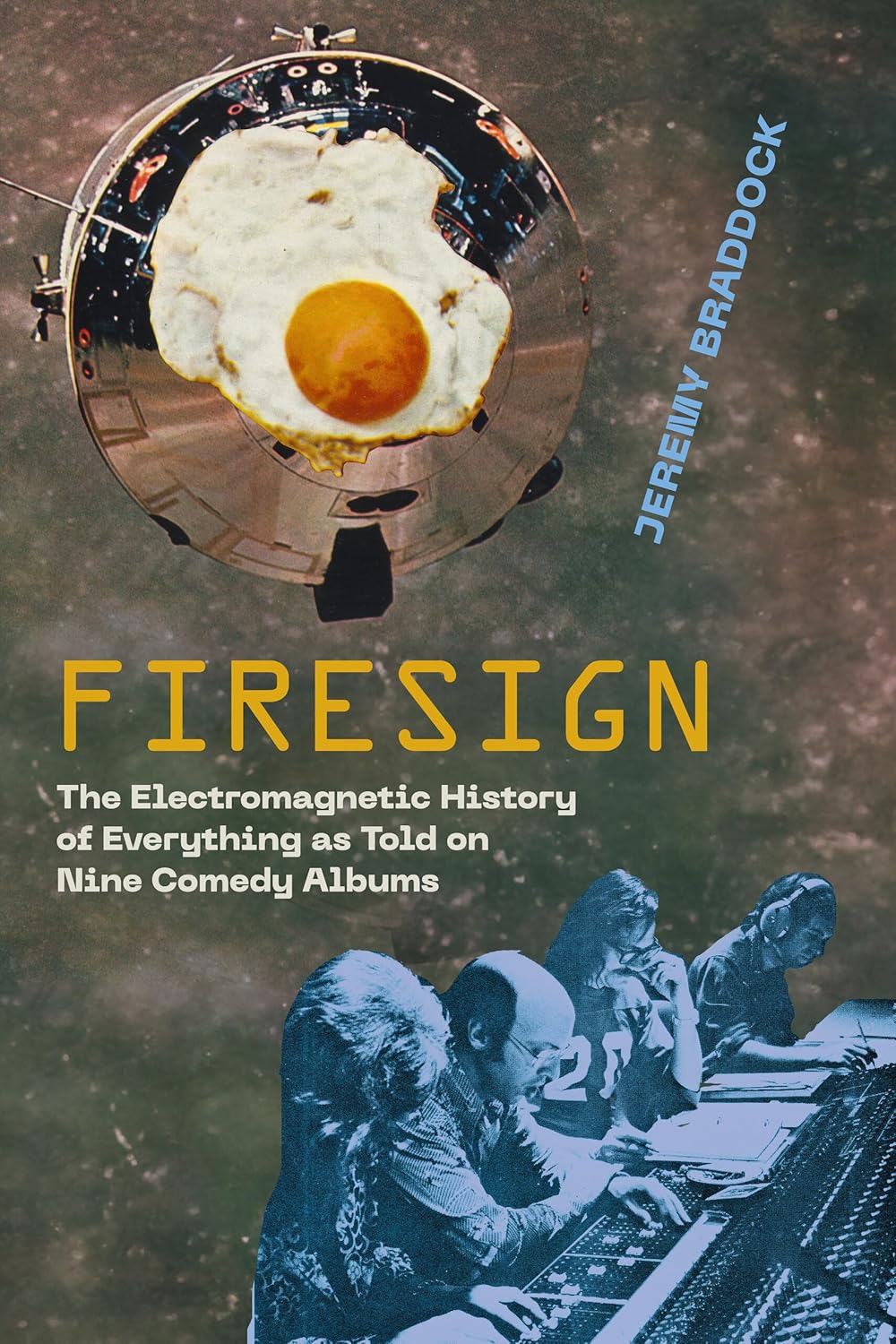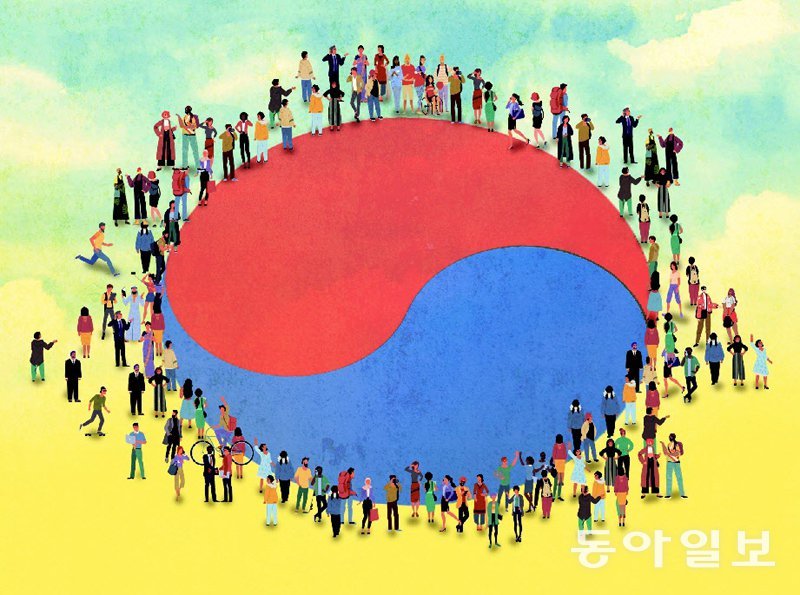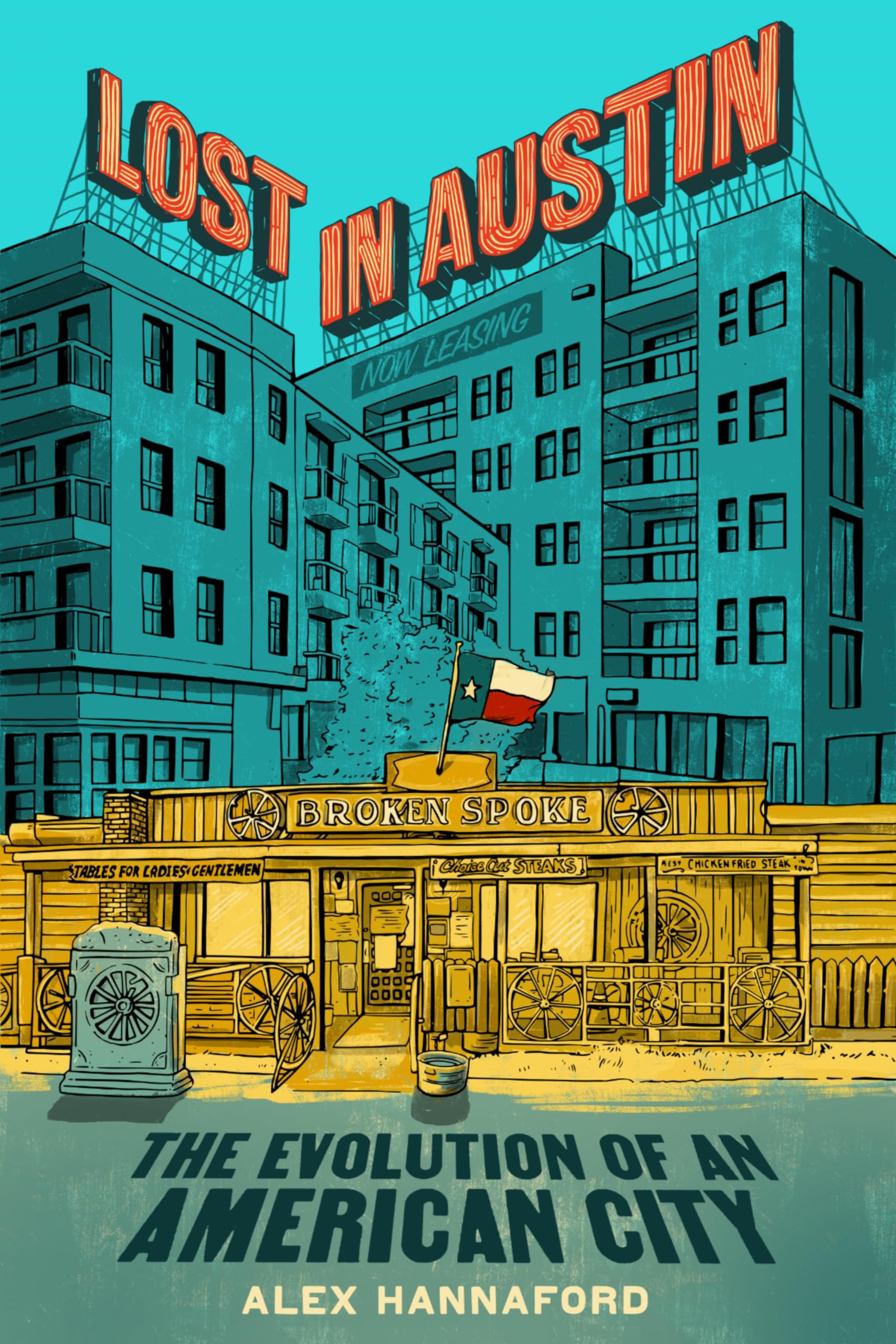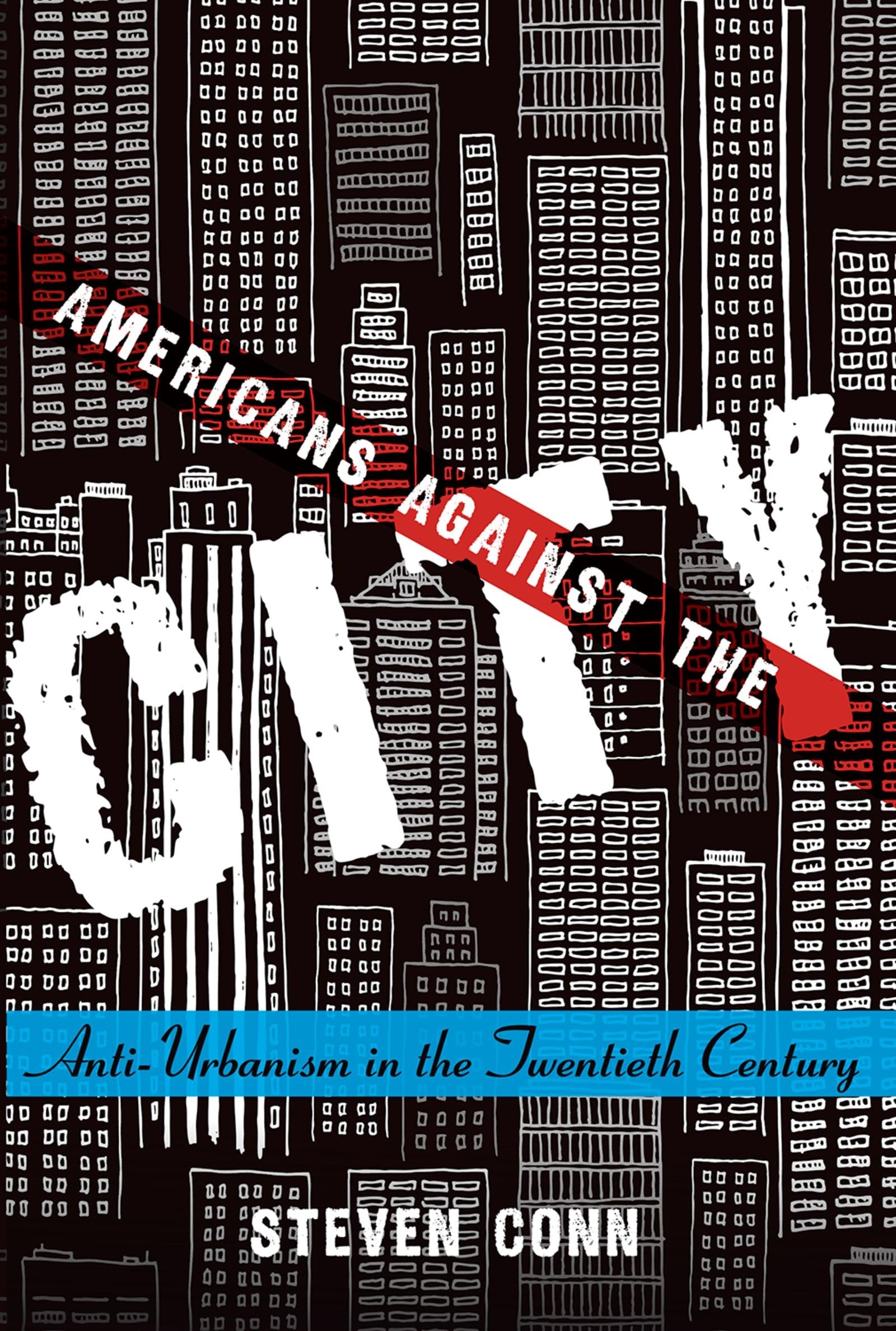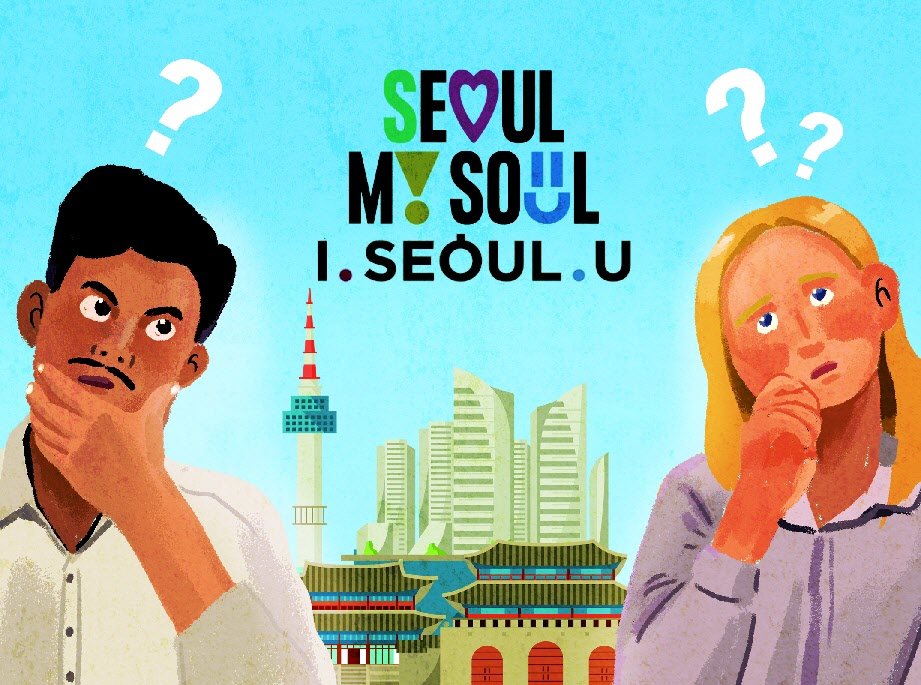Tuesday, December 24, 2024
한국에 산 지 거의 10년이 되었지만 이제야 한국 운전면허를 땄다. 엄밀히 말하면 미국 운전면허를 한국 면허로 교환했다. 하지만 과정은 말처럼 간단하지 않았다. 다행히도 주행시험을 볼 필요가 없었지만, 필기시험은 꼭 봐야 했다. 부담스러울 수 있는 필기시험을 또 다른 배움의 기회로 받아들이기로 해서 문제집과 앱 그리고 유튜브 동영상과 한국 사람들이 사용하는 학습지로 똑같이 공부했다.
옛날에 한국어능력시험인 TOPIK을 준비했던 경험이 떠올랐다. TOPIK은 한국인들이 보는 시험이 아님에도 나는 TOPIK을 한국식 시험이라 부를 수 있다고 생각한다. 그 이유는 이 시험에서 제일 어려운 점이 ‘정답을 가능한 한 빨리 작성해야 하는 것’이기 때문이다. 지난달 치러진 수능과 마찬가지로 한국에서 시험을 잘 보려면 정답을 아는 것은 기본이고 속도도 빨라야 한다. 한국인들에게만 익숙한 이런 시험은 한국의 실제 삶을 대변하는 것 같다.
시험이 없는 한국 인생을 상상할 수 있을까? 수능뿐만 아니라 셀 수 없을 만큼 많은 전문적인 시험이 있다. 내가 한국에 처음 왔을 때 서울 지하철에서 공무원 시험을 준비하는 학원 광고가 얼마나 많은지에 놀랐다. 아나운서가 되기 위한 시험도 따로 있다는 것을 믿기가 어려웠다. 내 모국인 미국에서는 그런 직업들은 주로 특별한 교육을 필요로 하지 않기 때문이다.
동아일보 사이트에서 이어지는 내용을 볼 수 있습니다.
In a 1994 episode of Rugrats, the cartoon series’ one-year-old protagonist Tommy Pickles insists on taking off his clothes and not putting them back on. He soon convinces his twin playmates Phil and Lil DeVille to do the same, just before they’re picked up by their mother Betty, a stocky, voluble woman never seen without her athletic headband and Venus glyph sweatshirt. Scandalized at this scene of infant nudism, Betty explodes at Tommy’s mother: “I don’t know what kind of baby commune you’re trying to run here, but it’s time to face facts. The sixties are over, and we lost!” This line went over my head when I first watched the episode, as it must also have done for the rest of the show’s elementary school–age viewership, but it haunted me nevertheless, hinting offhandedly at a period of bitter, possibly violent sociopolitical turmoil not so very far in the past.
Yet I daresay I had a more vivid sense of what “the sixties” were about than most members of the generation yet to be labeled millennials, and for a reason not entirely unrelated to Rugrats. Even before that show premiered, I was a fan of Philip Proctor, who voiced Phil and Lil’s ineffectual stay-at-home father Howard DeVille. A stage actor who had also played countless one-off television parts, Proctor was then best known as a member of the Firesign Theatre, a four-man comedy troupe that had, from the late 1960s through the early 1970s, put out a series of record albums densely layered with elaborate sonic production and laced with topical, esoteric, and absurd countercultural humor. Or so Proctor was known, at least, to a certain turned-on segment of the baby boomer generation to which my father belonged.
Read the whole thing at the Los Angeles Review of Books.
한국에 살면서도 매일 미국 소셜네트워크서비스(SNS)를 보고 있다. SNS에서 몇 주 전에 이민에 대한 논란이 있었다. 작년 오하이오주 스프링필드라는 소도시에서 학교 버스와 승용차가 충돌한 치명적인 교통사고가 발생했다. 대선을 앞두고 어떤 미국 정치인들은 자동차의 운전자가 아이티 이민자인 사실을 계속해서 언급했다. 처음에 그들은 3만 명의 아이티 이민자가 지난 3년에 걸쳐서 스프링필드에 정착했다고 주장했다. SNS에서 그 아이티 이민자 중에는 반려동물을 훔치고 먹는 사람이 있다는 소문도 나돌기 시작했다.
알고 보니 그것을 뒷받침하는 근거가 없고 스프링필드에 살고 있는 아이티 이민자의 실제 수는 3만 명이 아닌 1만2000명에서 1만5000명이었다. 사실상 미국 정치인들이 스프링필드의 이야기를 과장하는 이유는 요즘 이민에 대한 불안감을 느끼는 미국인들이 많아졌기 때문이다. 이민자들이 일자리를 빼앗을 수 있다는 걱정뿐만 아니라 문화적인 변화가 문제를 일으킬 가능성도 있다고 두려워하고 있다.
SNS나 매체에서 그러한 걱정을 표현하는 사람들은 어리석은 사람으로 여겨지기도 하지만 그 불안감이 터무니없는 것은 아니다. 한 지역에 짧은 기간 동안 다른 나라 사람이 이주하면 그 지역의 문화가 바뀌는 것은 불가피한 현상이다. 갑작스러운 이민자의 유입은 인구가 6만 명도 안 되는 스프링필드에 영향을 미칠 수밖에 없다. 독일에선 튀르키예 이민자가 옛날부터 많이 유입되고 있어서 어떤 동네는 독일이 아니라 마치 튀르키예처럼 느껴진다고 한다. 독일과 달리 미국은 전 세계에 ‘이민의 국가’로 잘 알려져 있다. 그럼에도 불구하고 대부분의 미국인들은 자기의 나라를 조금 색다른 개념으로 인지한다. 그들에게는 이민자가 아무리 많아도 미국은 이민과 무관한 정체성과 문화가 따로 있고 그 문화 덕분에 성공했다고 믿는다.
동아일보 사이트에서 이어지는 내용을 볼 수 있습니다.
Tuesday, October 22, 2024
If you’ve never visited Austin, Texas, it’s probably too late to do so now. That, in any case, is the impression I’ve received over the past fifteen years, during which time my interest in the city has greatly diminished. Word has long circulated that Austin is “over,” but until now, there hasn’t been a book declaring quite how over it is. Just this month, that book arrived: Lost in Austin: The Evolution of an American City, by a British reporter named Alex Hannaford. Enamored with the drifting, breakfast taco-fueled bohemianism of Texas capital since a road trip in 1999, Hannaford made regular visits thereafter, meeting the woman who would become his wife at South by Southwest in 2003. He put down down roots in what seemed like an ideal adopted hometown, and even started a family there. But within a couple of decades, he’d pulled those roots up.
What made Austin intolerable for Hannaford turns out to be the progression of trends that had long preceded his arrival. He’d much preferred the nearly year-round sunshine to the long stretches of unrelieved gray back in London, but eventually the climate became too hot to enjoy the local outdoor-activity culture as often as he once did. A spike in school shootings inspired fresh reservations about Texas’ rate of gun ownership. The latest “tech boom,” a successor of the one driven by the arrival of Dell Computer and the Microelectronics and Computer Technology Corporation in the early eighties, brought Tesla, Apple, and Google to town, among many other smaller players, provoking real-estate bidding wars and waves of gentrification. And the increasing difficulty of keeping concert venues in business had made ever hollower Austin’s brand of being “the Live Music Capital of the World®.”
Read the whole thing at Substack.
Thursday, September 19, 2024
Every so often on the social-media platform formerly known as Twitter, discourse erupts about the relative merits of Europe versus the United States. The arguments always seem to come down to the value of individual earning potential versus overall quality of life. “Amerifats” always to point to the large salaries earned in their country by software developers — or even Buc-ee’s car-wash managers — and “Europoors” always counter that the high cost of living in the U.S. cancels out the difference in pay. The latter aren’t wrong about everything being more expensive in America, in part due to a host of hidden costs of which they probably aren’t even aware. But the former have a point about the almost comical difference between a decent American salary and its equivalent in even the most prominent European countries. There’s really no comparison; the U.S. wins on that score.
In the eternal struggle between U.S. and Europe, I chose Asia. Yet if I couldn’t live here, I’d certainly look into Europe first. That has to do in part with my not belonging to a highly compensated profession in any region of the world, but also because I find it increasingly difficult to stomach the prospect of living in an American city again. Los Angeles remains one of my main subjects of interest, but after nearly a decade of living in Seoul, where nobody demands money from you on the street and where every subway station has usable restrooms, I suspect I’d struggle to reacclimate. It doesn’t help that the cost of rent, restaurants and the like, already burdensome when I left America, have since risen to what I’ve heard is the very edge of tolerability (to say nothing of other recent undesirable phenomena, like the proliferation of Fentanyl addicts).
Read the whole thing at Substack.
Wednesday, August 28, 2024
2024년 올림픽은 파리에서 열렸지만 한국에 긍정적인 관심을 많이 불러일으켰다. 미국인인 내가 매일 보는 미국 SNS에서 사람들이 제일 많이 열광했던 선수는 바로 특이하고 멋진 모습의 사격으로 은메달을 받은 김예지 선수였다. 외신은 한국과 북한 탁구팀이 같이 찍었던 셀카도 마치 중요한 외교 행사처럼 보도했다. 삼성은 참여한 모든 선수에게 갤럭시 스마트폰을 줘서 적지 않은 광고 효과를 얻었을지 모른다. 한국의 해외 홍보를 담당하는 정부 관리들은 매우 기뻤을 것이다.
어떻게 보면 한국의 해외 홍보는 1988년 서울 올림픽에서부터 본격적으로 시작되었다고 할 수 있다. 한국을 세계에 선진국으로 소개한 그 큰 행사 이후로 국가 이미지를 개선하는 작업은 여러 시행착오를 겪었다. 아시아인을 제외한 외국인들은 대부분 한국에 대해 특화된 인식을 갖고 있지 않다. 옛날과 달리 내가 아는 많은 미국인이 한국이 재미있을 것 같아서 언젠가 방문하고 싶다고 하긴 하지만, 중국이나 일본과 차별되는 특징을 전혀 모른다. 어떻게 이렇게 정체성이 독특한 나라인 한국이 그런 위치에 놓이게 되었을까?
나는 올해 초에 에세이를 출간한 뒤 많은 언론사와 인터뷰를 진행했다. 나를 찾아온 기자들이 자주 하는 질문 중 하나가 어떻게 하면 해외에 한국을 효과적으로 홍보할 수 있냐는 것이었다. 떠오른 대답은 우선 서울 영어 슬로건을 그만 만들어야 한다는 것이었다. 만약 굳이 쓴다면 진부한 말장난인 현재 슬로건 ‘SEOUL MY SOUL’보다 2015년에 처음 도입되자마자 논란을 빚은 ‘I·SEOUL·U’를 선호한다. 영어를 사용하면서도 보편적인 영어식 표현이 아니기 때문이다.
동아일보 사이트에서 이어지는 내용을 볼 수 있습니다.
Thursday, August 22, 2024
Stewart Brand isn’t the first public intellectual one associates with cities. In fact, he’s probably closer on the grand map of cultural phenomena to the rejection of cities, specifically the post-hippie ethos-impulse to go back to the land, albeit equipped with the highest possible technology. This owes, as anyone who’s heard Brand’s name understands, to his having founded the Whole Earth Catalog in 1968. As it happens, I wrote about that publication’s online archive for Open Culture last year, and in so doing lost a fair few hours browsing its digitized issues. The sheer quantity of both curatorial attention and sheer information that went into them makes them into a kind of time machine. Not having been around to experience “the Sixties,” however broadly defined, I felt as if, like Firesign Theatre albums, Whole Earth catalogsbrought me as close as I’ll ever get to doing so.
I was, however, around to experience the nineties, when the Zeitgeist turned Brand’s way again. His long enthusiasm for the personal computer (a term said, incredibly, to be his own coinage) had been vindicated and then some by the wide adoption of the internet. But in a grander sense, the technologically astute West Coast bohemians of the sixties had, by that point, taken the helm of the culture, or at least risen to prominence within it. In 1996, when Brand and computer scientist Danny Hillis established the Long Now Foundation, with its 10,000-year clock, people took notice. Appreciative attention had also been paid, two years earlier, to Brand’s book How Buildings Learn: What Happens After They’re Built, a title that piqued my curiosity every time I ran across it over the decades. Only now, thirty years after its publication, have I actually read it.
Read the whole thing at Substack.
미국인들에게 한국인들의 주요 특징이 무엇이냐고 물어보면 자주 말하는 대답이 ‘애국심이 많다’는 것이다. 애국심이 많은 미국인은 한국인의 애국심도 비슷하다고 여길지 모른다. 그러나 미국인이 느끼는 애국심과 한국인이 느끼는 그것은 같은 것이 아니라고 주장하는 미국인 북한학 연구자 브라이언 마이어스는 그의 신간 ‘사랑받지 못하는 공화국’에서 한국에 대한 충격적인 사실을 밝힌다. 적어도 10명 중 9명의 한국인이 대한민국이 언제 설립되었는지를 모른다는 것이다.
부산의 동서대에서 가르치고 있는 마이어스는 학생들과 이야기하면서 이 사실을 처음으로 알아차렸다. 학생들은 1987년과 5000년 전 사이 범위로 짐작하지만 1948년인 정답이 거의 들리지 않는다고 했다. 미국인인 나도 믿기 어렵다. 얼마 후에 마이어스의 책을 읽었던 영국 교수인 친구와 그의 옛 제자 몇 명과 같이 저녁을 먹었다. 친구는 한국인인 그 옛 제자들에게 대한민국이 언제 설립되었냐고 물어보자고 했다. 아니나 다를까 그 질문에 그들은 우리가 달에서 태양까지의 거리가 얼마냐고 물어본 듯이 말이 막혔다.
동아일보 사이트에서 이어지는 내용을 볼 수 있습니다.
Tom Scocca has known difficult times of late. Earlier this year, he published an essay in New York magazine detailing his struggle with a fierce and mysterious — and, as of the piece’s writing, still unexplained — autoimmune disorder. This health crisis struck amid “some normal midlife stuff, some normal parent stuff, some abnormal and menacing stuff that I truly can’t even get into,” but also as the effects of the professional apocalypse in the journalism industry reached his own career. “I gambled on a job I wanted, as the editor-in-chief of a small magazine, and it ran out of funding.” (This seems to have been a short-lived, garishly designed, murkily blockchain-driven venture called Popula.) Another position was not forthcoming: “abruptly, all that my connections could offer were gigs.”
Despite only ever having had gigs, I’ve felt some of this myself; over the past six months or so, for reasons I still don’t understand, it’s become awfully hard to get a reply out of any editor. Being a dozen or so years younger than Scocca, without a family to support or a body suddenly bent on dissolving itself, this hasn’t put me into a much worse position than usual. Regardless, I can’t help but pay more attention to what I do have in common with him, especially when I consider where he was back in the mid-two-thousands. I mean that not in the sense of where he was in his career, exactly, but where he was in the world: Asia, and more specifically China, gathering the experiences that would go into his first (and, to date, only) book, Beijing Welcomes You: Unveiling the Capital City of the Future.
Read the whole thing at Substack.
In 2017, Elon Musk called consulting public-transit planner Jarrett Walker an idiot. This happened on the the social-media platform formerly known as Twitter, before Musk himself took its helm. It began with a criticism of public transit Musk lodged while promoting the notional Hyperloop: “Why do you want to get on something with a lot of other people, that doesn’t leave where you want it to leave, doesn’t start where you want it to start, doesn’t end where you want it to end? And it doesn’t go all the time. That’s why everyone doesn’t like it. And there’s like a bunch of random strangers, one of who might be a serial killer.” Walker tweeted that Musk’s “hatred of sharing space with strangers is a luxury (or pathology) that only the rich can afford. Letting him design cities is the essence of elite projection,” which in turn drew Musk’s blunt riposte.
This was a dispiriting exchange, not least for what it underscored about the conduct of today’s elites. (No matter how deep I get into the twenty-first century, I’ll never let go of my expectation that the wealthiest members of society should also be the most refined.) But like Donald Trump, Musk’s impulsive baseness and aura of deep eccentricity belies his ability to express the psyche of the American everyman. Real or perceived, the inconvenience and danger of public transit is — to use Musk’s odd phrasing — why everyone doesn’t like it. Even if that American everyman goes to certain cities in Europe or Asia and sees, let alone rides, bus and urban rail systems that are cleaner, safer, and more efficient than he’d ever thought possible, he’ll still believe that they couldn’t possibly work back home. And for all I know, he may be right.
Read the whole thing at Substack.
